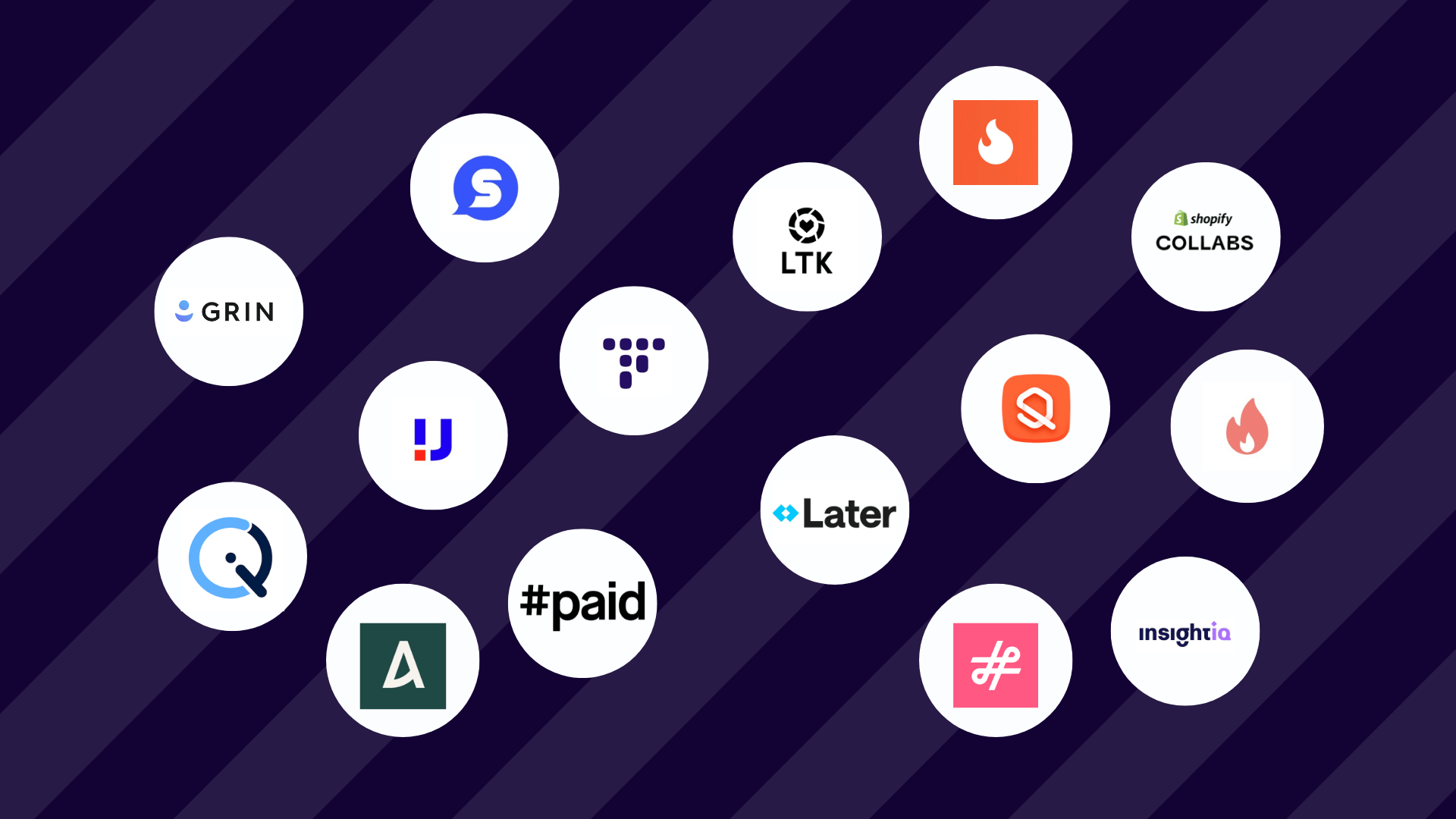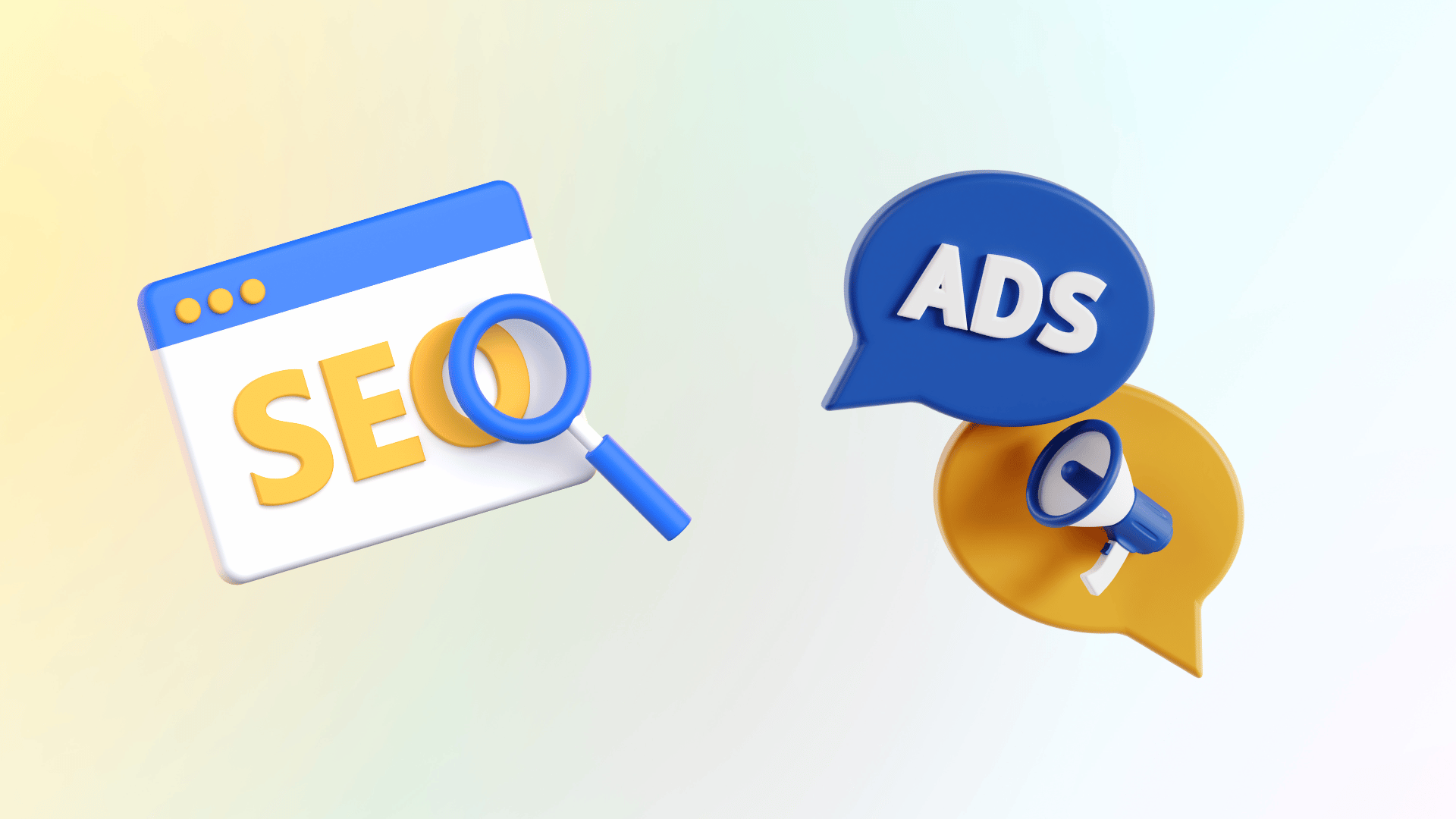Influencer marketing has rapidly evolved into a cornerstone of modern digital marketing strategies. In a world where consumers trust peer recommendations more than brand ads, influencers bridge the gap between businesses and their audiences. This blog post breaks down the essentials of influencer marketing, from strategies and tools to real-world examples and platform-specific advice. Whether you’re a marketer, small business owner, or entrepreneur, this guide offers actionable insights on making influencer campaigns work for you.
Let’s dive into the world of influencer marketing and explore how it can reshape your brand visibility and customer engagement in 2025.
What Is Influencer Marketing and Why It Matters in 2025
Influencer marketing is a strategy that leverages individuals with strong online followings to promote products or services. These influencers create content that resonates with their audience, subtly and authentically introducing your brand. In 2025, authenticity and trust are more valuable than ever, making influencer partnerships a powerful branding tool. By collaborating with influencers, businesses tap into pre-established audiences, saving both time and effort compared to building brand awareness from scratch.
The beauty of this approach lies in its organic reach and emotional connection—things that traditional ads often lack.
The Core of Any Influencer Marketing Strategy
Developing a winning influencer marketing strategy involves identifying the right goals, audience, and platform. Start by setting measurable objectives—whether it’s boosting sales, increasing followers, or improving brand engagement. Next, research your target demographic and find influencers who align with those values. Micro-influencers, for instance, offer high engagement within niche markets, while macro-influencers provide broader exposure.
Additionally, your strategy should outline campaign timelines, performance metrics, and content expectations. A strong influencer marketing strategy avoids ambiguity and ensures a successful collaboration that benefits both the brand and the influencer.

Choosing the Best Influencer Marketing Platform
Not all influencer campaigns are created equal—platform matters. The ideal influencer marketing platform depends on your target audience. Instagram remains dominant for lifestyle and fashion brands, while TikTok is ideal for younger audiences seeking entertainment. YouTube works best for in-depth reviews or tutorials, and LinkedIn is gaining ground for B2B influencer collaborations.
Top platforms like AspireIQ, Upfluence, and Influencity streamline the process by helping brands discover, vet, and manage influencers. Choosing the right influencer marketing platform allows for efficient tracking of ROI and simplifies campaign management.
How to Do Influencer Marketing the Right Way
If you’re wondering how to do influencer marketing, start by clarifying your brand message and campaign goals. Then, shortlist potential influencers using metrics like engagement rate, audience demographics, and content style. Reach out with a personalized proposal, explaining why you see them as a great fit for your brand.
Once onboarded, allow creative freedom while aligning with your messaging. Authenticity is key; overly scripted posts often backfire. Track success through KPIs like reach, conversions, and earned media value. This structured yet flexible approach ensures your influencer marketing
Top Benefits of Influencer Marketing for Brands
The benefits of influencer marketing go beyond vanity metrics like likes and shares. One of the key advantages is trust. Influencers build strong, loyal communities that believe in their recommendations. This trust translates into higher conversion rates and longer customer lifecycles.
Additionally, influencer campaigns generate valuable user-generated content (UGC) that brands can reuse. They also enhance SEO and social proof, which are critical for online visibility. Finally, influencer partnerships often cost less than traditional advertising while delivering higher engagement. For startups and SMEs.
Examples of Influencer Marketing That Delivered Results
Looking at influencer marketing examples can provide inspiration and clarity. One standout case is Daniel Wellington, a watch brand that skyrocketed its sales purely through Instagram influencers. They partnered with micro-influencers who showcased the product in real-life settings, driving authenticity and relatability.
Another example is Gymshark, a fitness brand that grew its community by collaborating with fitness YouTubers and Instagram personalities. These partnerships helped the brand build a loyal following and boost e-commerce sales significantly.
Best Influencer Marketing Platforms in 2025
When choosing among the best influencer marketing platforms, it’s essential to compare features, ease of use, and pricing. Here are three top contenders:
- AspireIQ: Great for scaling campaigns with a vast influencer database.
- Heepsy: Ideal for finding influencers based on detailed audience analytics.
- Upfluence: All-in-one solution with excellent CRM and campaign management tools.
These best influencer marketing platforms help brands find authentic creators, manage relationships, and analyze campaign effectiveness. They also offer automation features that save time while ensuring transparency and ROI.
Why Influencer Marketing for Small Business Is Crucial
Influencer marketing for small businesses is a cost-effective way to build brand awareness without breaking the bank. Small businesses often struggle with visibility in saturated markets, and influencer collaborations can cut through that noise. Local micro-influencers, in particular, can help businesses connect with niche audiences and drive foot traffic or website visits.
Unlike traditional media buys, influencer campaigns can start with minimal investment and grow as needed. This flexible model allows small businesses to test strategies, learn from feedback, and scale organically, making influencer marketing for small businesses a practical must-have in 2025.
How to Craft an Effective Influencer Outreach Strategy
An influencer outreach strategy should prioritize personalization, value, and mutual goals. Avoid mass messages—authentic outreach gets better responses. Research each influencer’s content style, audience interests, and engagement trends before reaching out.
A great approach includes complementing their work, clearly explaining your campaign, and offering value (monetary or product-based). Be transparent about expectations and timelines, and always maintain professionalism. Your influencer outreach strategy should include follow-up, feedback loops, and long-term relationship-building—not just one-off deals.
Top Influencer Marketing Tools Every Marketer Should Use
To manage complex campaigns effectively, leveraging influencer marketing tools is non-negotiable. These tools help in discovering influencers, managing contracts, measuring performance, and handling payments. Here are a few must-haves:
- BuzzSumo: Great for tracking trending topics and finding relevant influencers.
- CreatorIQ: A robust platform for campaign analytics and performance tracking.
- NinjaOutreach: Ideal for automated outreach and influencer management.
Using these influencer marketing tools ensures better ROI, saves time, and streamlines communication across all campaign phases. Technology, when combined with human strategy, results in more successful influencer collaborations.
Final Thoughts
Influencer marketing has evolved from a trendy tactic to a proven, strategic necessity for businesses in 2025. By understanding the platforms, crafting solid strategies, and leveraging the right tools, brands can build authentic connections and measurable growth. Whether you’re running a global campaign or starting local with a micro-influencer, the core principle remains the same: authenticity leads to trust, and trust drives conversions.



